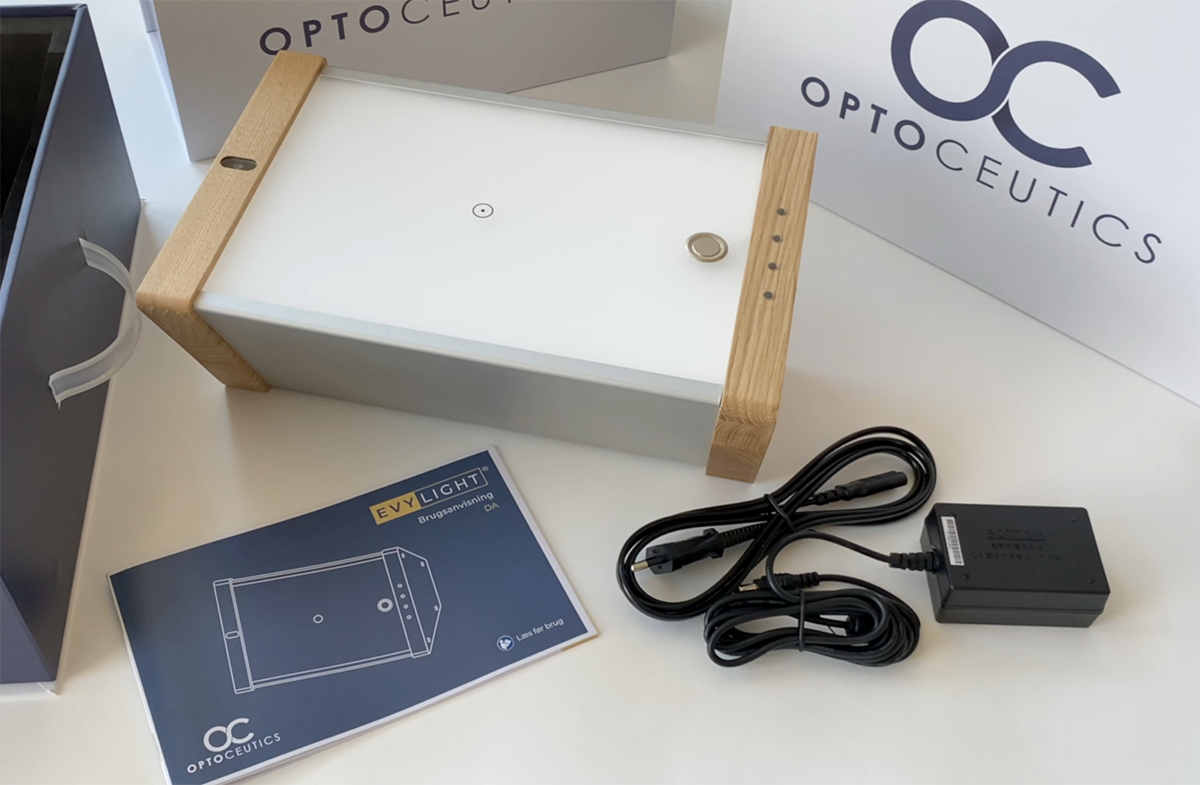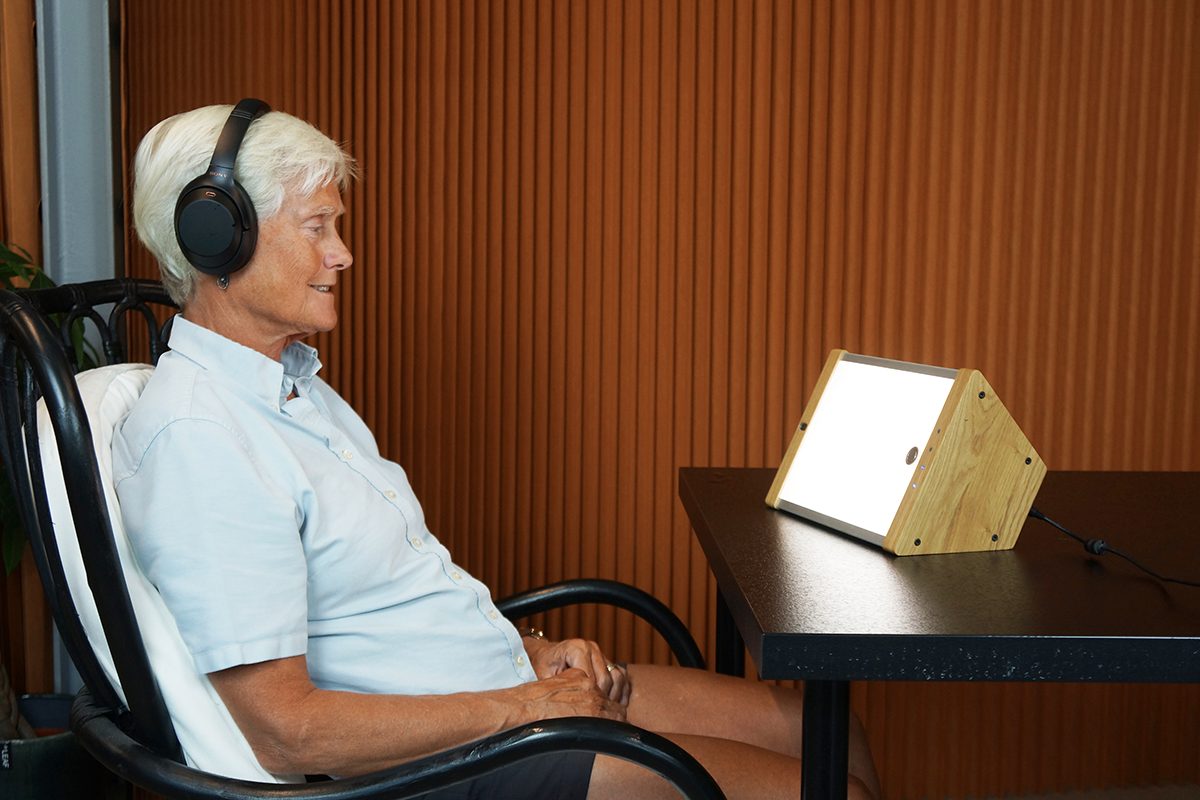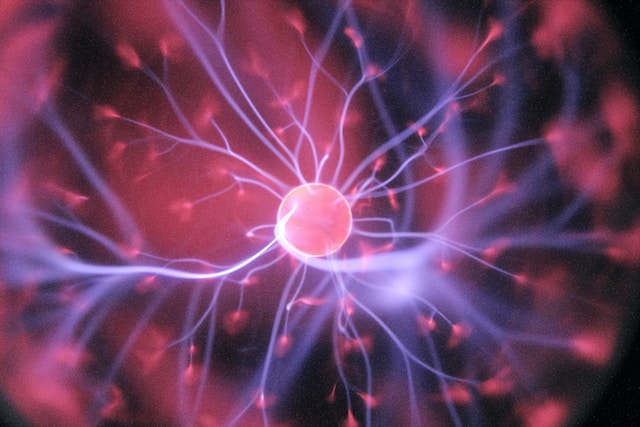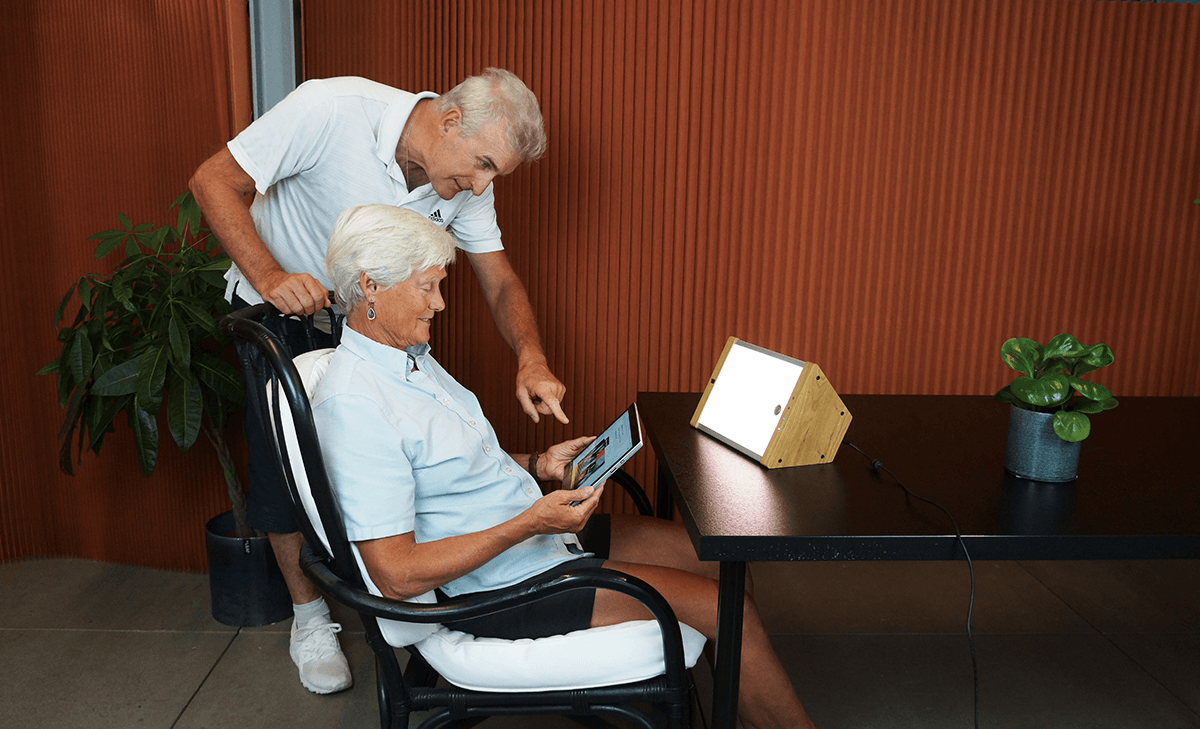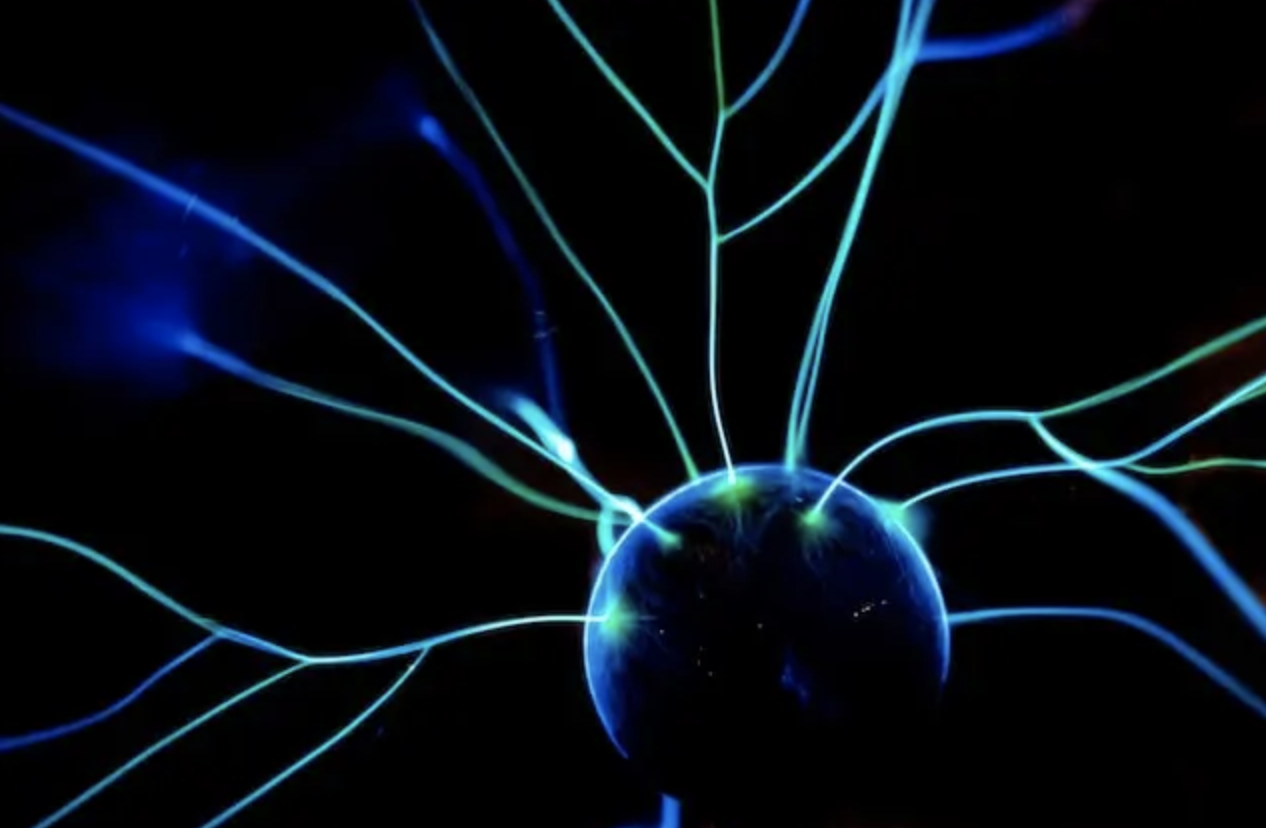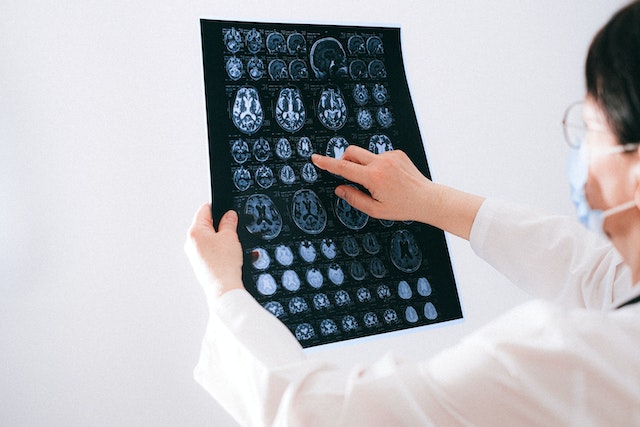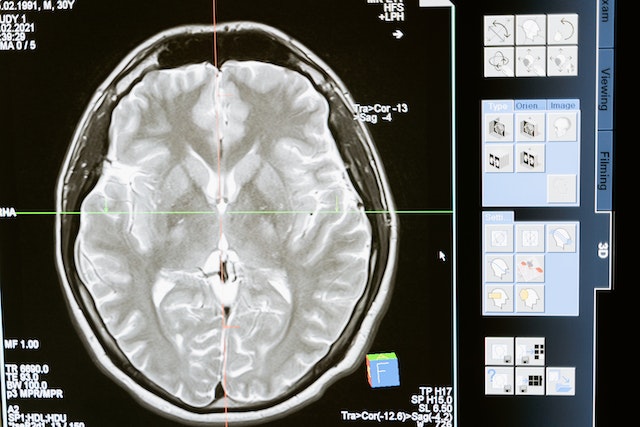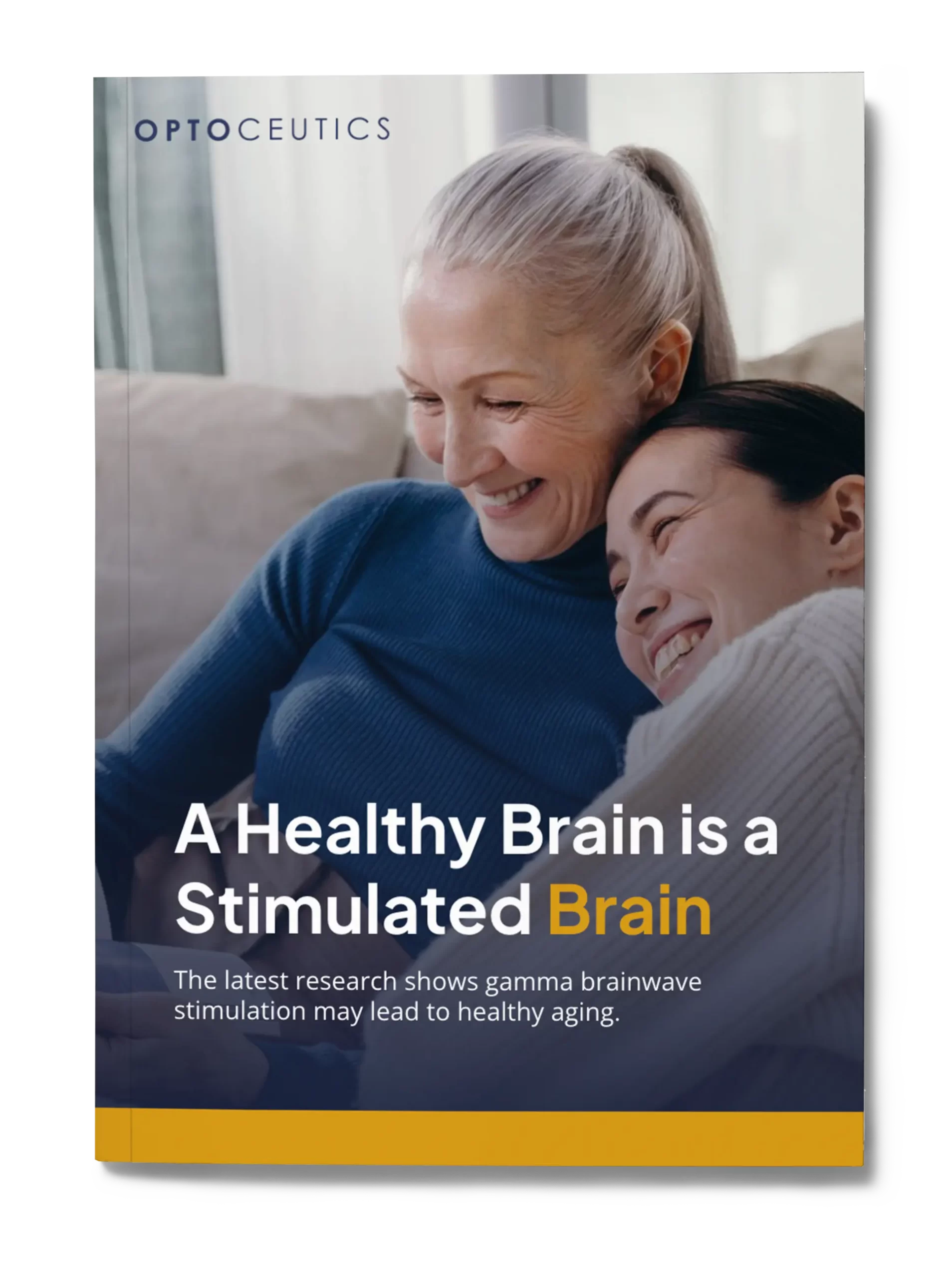Light therapy treatment is a relatively new discovery that uses specific frequencies of light to interact with the brain. It has been shown to help with a number of conditions, ranging from Seasonal Affective Disorder (SAD) and psoriasis to neurological issues such as cognitive decline and Lewy Body dementia.

Christopher Ravn
Key Takeaways
1. Cognitive decline, or conditions that cause it such as Lewy body dementia, can be debilitating over time – causing memory loss, confusion and other distressing symptoms.
2. There is no cure as of yet – but there are several treatments available, such as light therapy.
3. Light therapy treatment uses light at a specific frequency to adjust brain functions – which can help with memory retention, mood patterns and sleep.
4. Although the research is still quite new, light therapy lamps offer an affordable, safe device for light therapy that you can use at home.
Table of Contents
1. What Is Light Therapy For Cognitive Decline And Lewy Body Dementia? What Are The Benefits?
2. How Does The LED Technology Help With Cognitive Decline And Lewy Body Dementia?
3. How Do You Perform A Light Therapy Session for Cognitive Decline?
4. Ongoing Research And Clinical Trials In Light Therapy Treatments For Cognitive Decline And Lewy Body Dementia
5. Effects Of Light Therapy On Brain Functions In Cognitive Decline And Lewy Body Dementia
6. What Is The Best Type Of Light Therapy For Cognitive Decline And Lewy Body Dementia?
7. What Is The Best Device To Use With Light Therapy For Cognitive Decline And Lewy Body Dementia?
8. How Much Does Light Therapy For Cognitive Decline Cost?
9. Can Light Therapy Be Detrimental If You Have Cognitive Decline?
10. Frequently Asked Questions About Light Therapy For Cognitive Decline And Lewy Body Dementia
What Is Light Therapy For Cognitive Decline And Lewy Body Dementia? What Are The Benefits?
Light therapy, sometimes referred to as phototherapy or is a treatment that uses light to positively affect how our brain works. This treatment interacts with or entrains gamma waves in the brain, using a set frequency of 40 pulses per second to synchronize with them. In doing so, light therapy looks to address issues associated with disrupted brain patterns that impact brain function. For people suffering from cognitive decline or Lewy body dementia, this therapy has the potential to help with cognitive functions including memory retention and mood stabilization.
Can Light Therapy Help With Cognitive Decline And Lewy Body Dementia?
Based on a number of recent studies and clinical trials, such as this one, have pointed to the potential application of light therapy to help manage cognitive decline. This could help people suffering from the effects of Lewy body dementia and Alzheimer’s disease. One of the most recent and compelling studies came from the Massachusetts Institute of Technology (MIT). This research looked at using light therapy on human patients with cognitive decline to determine how it impacted brain function. The results were very promising – with participants reporting improvements to their memory, mood, sleep patterns and overall cognitive abilities.

How Do Other Treatments Compare To Light Therapy For Cognitive Decline?
Unfortunately, there is no known cure for cognitive decline associated with conditions such as Lewy body dementia. There are several treatment options available, mainly in the form of drugs like cholinesterase inhibitors or Leqembi, but they only offer limited benefits and have some significant side effects. Light therapy for Lewy body dementia or cognitive decline could potentially provide an alternative path for treatment. What’s more, it doesn’t require drugs and is completely non-invasive, making it an ideal option for complementary treatment.
How Does The LED Technology Help With Cognitive Decline And Lewy Body Dementia?
Light therapy treatments typically use light-emitting diode (LED) bulbs to carry out the therapy session. The LED technology offers a number of benefits, making it ideally suited for light therapy that focuses on cognitive decline. These benefits include:
- Specific Wavelengths: LED lights are designed in a way that allows you to finetune the frequency it is set at. For light therapy, this is incredibly important as it must be set to 40Hz.
- Energy Efficient: Light therapy treatment should be conducted daily for best results, so using LED lights is helpful because they don’t use much energy, making it cost-effective and energy efficient.
- Durable: LED lights are also incredibly durable and have much longer lifespans than some of their counterparts. This makes them useful for medical equipment as they are less prone to failure.
By using LED lights in light therapy sessions, the treatment can utilize the 40 Hz wavelength and positively interact with the brain. This can help with cognition and it realigns circadian systems in the brain, which can be affected by cognitive decline diseases and conditions. This provides many potential benefits to people with things like Lewy body dementia, as it improves sleep regulation and helps to stabilize moods.
Near-Infrared Light And Cognitive Decline And Lewy Body Dementia
Near-infrared light therapy, sometimes known as red light therapy, has been shown to provide a number of positive outcomes for people dealing with cognitive decline and Lewy body dementia. It is a specific type of phototherapy that uses wavelengths of light typically between 700 and 1100 nanometers. This spectrum of light is not visible to the human eye but can penetrate skin and soft tissues, reaching deeper areas of the brain. This type of light therapy is believed to provide a number of potential benefits for people dealing with cognitive decline, including:
- Cell Health: Red light therapy looks to enhance mitochondrial function, providing more energy to the brain and improving cell health.
- Reducing Inflammation: Another benefit of red light therapy is its ability to reduce inflammation and oxidative damage in neural tissue, which could slow down the progression of cognitive decline.
- Neuroprotection: Another area where red light therapy could prove useful is neuroprotection. This form of treatment has been shown to promote new cell growth and strengthen existing neurons.
The Latest Findings From Small Studies
As much of the research surrounding light therapy treatment for cognitive decline is new or ongoing, the majority of the findings available stem from small studies. With that said, there are a few notable bodies of research available, including work from OptoCeutics researchers. The most compelling – and one of the most recent – studies comes from researchers at MIT. This was the first human trial of light therapy on Alzheimer’s patients and it yielded some very promising results. Of note, the researchers found that light therapy could induce positive structural changes in the brain. Things like brain atrophy declined and participants noted improved sleep patterns and better scores in face-name pattern recognition tests.
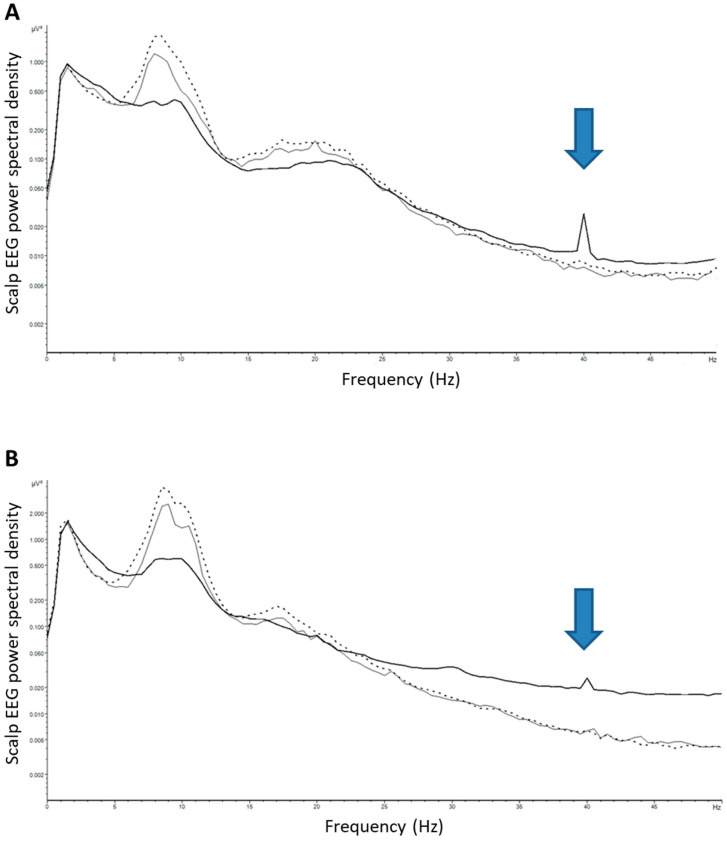
How Does Light Therapy Affect Brain Cells?
While current research is in its early stages, it indicates that light therapy can induce a range of cellular changes that lead to biochemical improvements in brain cells. This could prove to be a true game changer when it comes to managing the symptoms of cognitive decline or Lewy body dementia. These changes encompass:
- Activation of Mitochondria: Studies have demonstrated that red light therapy can extend beyond the skin, reaching the mitochondria. This interaction stimulates the mitochondria to ramp up energy production, potentially enhancing cell function.
- Management of Reactive Oxygen Species (ROS): Light therapy can moderately elevate ROS levels, which in turn may activate cellular signals that foster growth, upkeep, and the survival of cells.
- Neuroprotection: The therapy aims to create a favorable environment for the growth and safeguarding of neurons. This aspect is particularly vital in the context of dementia, a condition characterized by the loss and malfunction of neurons.
Research exploring light therapy’s role in dementia is increasingly focused on its capacity to address symptoms at the cellular level. The proposed mechanisms through which it may exert its effects include:
- Enhancing brain metabolism.
- Boosting blood flow and oxygen supply to the brain.
- Decreasing the buildup of amyloid plaques.
- Balancing neurotransmitter levels.
- Improving the modulation of the stress response.
How Do You Perform A Light Therapy Session for Cognitive Decline?
If you’re interested in trying out light therapy as a form of treatment for cognitive decline, you’ll be happy to hear that it’s a really simple procedure. Although you can sometimes receive this form of therapy in a hospital environment, not every hospital will have the facilities. Moreover, your insurance provider may not cover the treatment, making it an expensive treatment to undergo. Another option is purchasing a light therapy device. This is easy to set up, can be used in the home and provides you with all of the benefits of light therapy treatment.
Light therapy treatment sessions don’t take long to set up and they work passively, meaning you don’t have to interact with them in any way. Here’s what a typical session looks like:
- Configuring Your Equipment: Start by placing your light therapy device on a stable surface approximately two feet away from where you’ll be sitting or lying.
- Activating the Devices: Once you’re comfortably seated or reclined, turn on the light and therapy equipment. There’s no need for active engagement – simply relax under the light and ensure its light is being cast on you.
- Maintaining Consistency: For optimal results, adhere to a regular therapy routine. Try to conduct your sessions daily at roughly the same time.
These therapy sessions are straightforward and user-friendly. They offer the convenience of conducting your sessions in a comfortable setting at a time that works best for you.
What Is The Best Device To Use With Light Therapy For Lewy Body Dementia?
There are a few things you want to consider before choosing a light therapy device for cognitive decline or Lewy body dementia. For starters, you’ll want the light to have the functionality to work at 40Hz. This will ensure that you can get all of the potential benefits from the therapy session. The other big consideration is that it should be designed with this therapy in mind. That way, it should work exactly as intended.
Not all 40Hz lights are created equally, with many using the cheapest technology available. Most devices work using stroboscopic technology, which can be difficult to tolerate for many individuals and can cause headaches and nausea. Instead, consider OptoCeutics due to their patented use Invisible Spectral Flicker (ISF) technology, which is nearly imperceivable to the naked eye and provides a more pleasurable experience.
Ongoing Research And Clinical Trials In Light Therapy Treatments For Cognitive Decline And Lewy Body Dementia
The ongoing studies into light therapy treatments for cognitive decline hold a lot of promise, but there is still a good amount of research left to do. The work at MIT is some of the most recent and revelatory research, but it was unfortunately paused due to the pandemic. The team is going to pick this study back up again, with hopes to expand their scope to include people with high-risk Alzheimer’s. This should give more insights into this form of treatment over time.
The other main body of research going on around light therapy treatments stems from the work of OptoCeutics research. This, along with long-term study from the National Institute for Health, looks to add to the growing body of research into these treatments. Their work shows that there is a lot of potential behind this treatment, with some of the biggest public bodies looking into it.
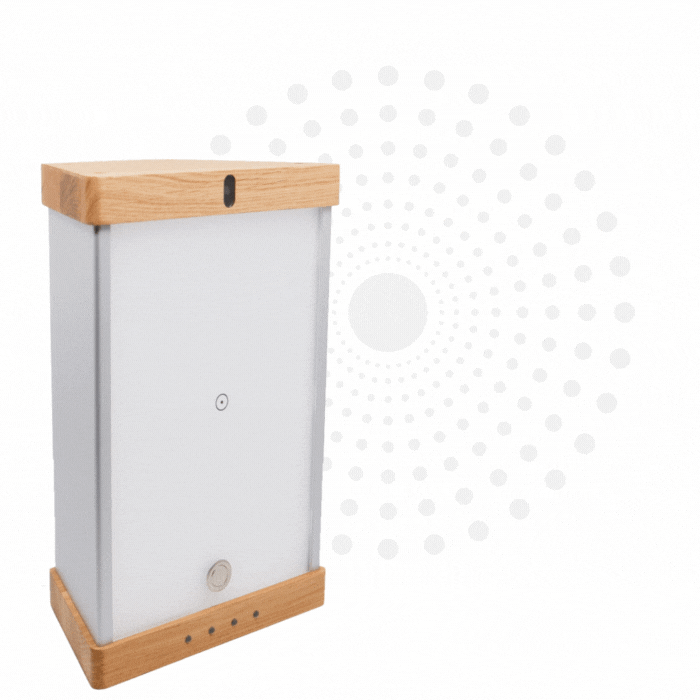
Enhance your brain performance through the power of light.
Comfortable and easy to use 40Hz light therapy to support and improve your brain function.
View Our LightEffects Of Light Therapy On Brain Functions In Cognitive Decline And Lewy Body Dementia
The effects of light therapy on the brain are incredibly interesting, as they appear to help combat the effects of cognitive decline. This could prove to be life-changing for people suffering from conditions such as Lewy body dementia by lessening the symptoms they experience. Some of the areas where light therapy influences cognition include:
- Enhanced Memory Retention: Patients with dementia have shown improvements in memory retention and attention span when undergoing light therapy treatments.
- Reduction in Amyloid Plaques: Amyloid plaques are a hallmark of dementia’s progression. Light therapy has been observed to potentially decrease the prevalence of these plaques in the brain, potentially slowing dementia’s advancement.
- Neuroprotective Benefits: Light therapy may contribute to neuroprotection and the growth of new neurons, which can bolster neural function in individuals with dementia.
- Regulation of Circadian Rhythms: Disrupted circadian rhythms, common in dementia, can negatively impact sleep patterns. Light therapy can aid in normalizing these rhythms, leading to improved sleep quality.
- Mood Improvement: Dementia often comes with mood disturbances, sometimes worsened by sleep issues. Light therapy has the potential to enhance mood in dementia patients, thereby reducing the likelihood of depression and anxiety.
How Light Therapy Impacts Behavioral Disturbances
Cognitive decline as a result of conditions such as Lewy body dementia or Alzheimer’s disease often comes with various behavioral changes. These range from things like feeling disoriented to depression or aggression. It is believed that light therapy treatment could help mitigate these behavioral changes, which vastly increases patient outcomes and quality of life. The ongoing clinical studies seem to point to light therapy working to help strengthen brain connections, helping to stop the reason these behaviors begin in the first place.
What Is The Best Type Of Light Therapy For Cognitive Decline And Lewy Body Dementia?
There are a few different forms of light therapy available that have the potential to offer benefits to people suffering from cognitive decline. Choosing the best one for you largely depends on what outcomes you’re looking to achieve. So, to help you decide which type of light therapy is right for you, let’s go over them below:
ISF-Patented Technology
Unlike many other 40 Hz devices that use stroboscopic technology, OptoCeutics employs proprietary Invisible Spectral Flicker (ISF) technology. This form of light alternates between two types of white colors so close in tone that when they flicker, you can barely see it. This provides a smoother, more tolerable experience with brain stimulation.
Bright Light Therapy
Bright light therapy involves exposing the patient to intense light that simulates natural sunlight, typically done using a lightbox. This method aims to regulate circadian rhythms and is often conducted in the morning to help reset the patient’s internal clock. For those with cognitive issues, this could significantly enhance sleep and mood patterns by adjusting their circadian rhythm.
Blue Light Therapy
Blue light therapy utilizes light primarily from the blue spectrum, known to effectively influence circadian rhythms. Similar to bright light therapy, it seeks to improve sleep and mood patterns in people with cognitive issues like Lewy body dementia.
Red and Near-Infrared Light Therapy
Differing from blue light therapy, red light therapy employs light from the red and near-infrared spectrum. This is generally emitted through an LED device and aims to boost cognitive functions in people suffering from cognitive decline. This light spectrum can penetrate tissues more deeply, providing neuroprotective advantages.
We Believe Prioritizing Brain Health Enhances Your Quality Of Life
Get to know our team, our mission and how our EVY LIGHT® can provide you and your loved ones with a fuller life, letting you breathe a little easier.
What Is The Best Device To Use With Light Therapy For Cognitive Decline And Lewy Body Dementia?
When it comes to finding the best light therapy device to use for cognitive decline or Lewy body dementia, the most important factors are functionality and tolerability. Make sure that the device you choose can produce light set to the specific 40Hz frequency. Try to avoid using stroboscopic light devices, as they can cause a number of negative side effects ranging from headaches to seizures. Instead, look at devices such as OptoCeutics Invisible Spectral Flicker (ISF) technology. These lights mitigate the above symptoms by using patented technology that makes the light flickers imperceivable to the naked eye.
How Much Does Light Therapy For Cognitive Decline Cost?
Light therapy treatment for cognitive decline varies in price considerably depending on where you receive treatment. If you go the clinical route, such as a hospital, then you’ll likely have to pay a hefty price. This is because most insurance providers won’t cover this treatment as standard. What’s more, as this therapy is quite new, there aren’t many hospitals that provide this form of treatment. Even if they do, the treatment requires consistent (daily) sessions, so traveling to clinics on a daily basis can quickly become a huge burden.
In place of the clinical route, purchasing an at-home light therapy device such as the EVY LIGHT is an affordable, accessible option. You can set this device up in the comfort of your own home, allowing you to receive treatment in a safe and comfortable space. It’s also really simple to use and you don’t have to travel for therapy sessions as you can perform it at home.
Can Light Therapy Be Detrimental If You Have Cognitive Decline?
Although the growing body of research around light therapy shows that it is an incredibly safe form of treatment, there are some individuals who should be careful. Certain conditions might negatively interact with the treatment, which could pose problems. Although negative interactions haven’t been reported, it is advisable to speak with your doctor if you suffer from any of the following conditions:
- Issues with your eyesight such as retinal disease.
- Skin sensitivity or conditions like dermatitis.
- Behavioral disorders including bipolar disorder.
- Sensitivity to light or a history of migraines.
View The Video Testimonials Of What Others Have Experienced
See how others have achieved a sharper mind by activating their gamma brainwaves in combination with maintaining a healthy lifestyle.
Frequently Asked Questions About Light Therapy For Cognitive Decline And Lewy Body Dementia
What Is The Best Light Therapy For Cognitive Decline?
Choosing the best light therapy for cognitive decline will help you get the most benefit out of the treatment. Most of the research that looks into light therapy utilizes 40Hz light therapy, which targets gamma brain waves to enhance brain activity and counter many of the symptoms associated with cognitive decline.
What Is The Best Light Therapy For Lewy Body Dementia?
Lewy body dementia could benefit from 40Hz light therapy treatment due to this treatments ability to target dysfunctional gamma brain waves. The research into this treatment shows that it can have a profound effect on cognitive and non-cognitive issues found in patients with Lewy body dementia.


